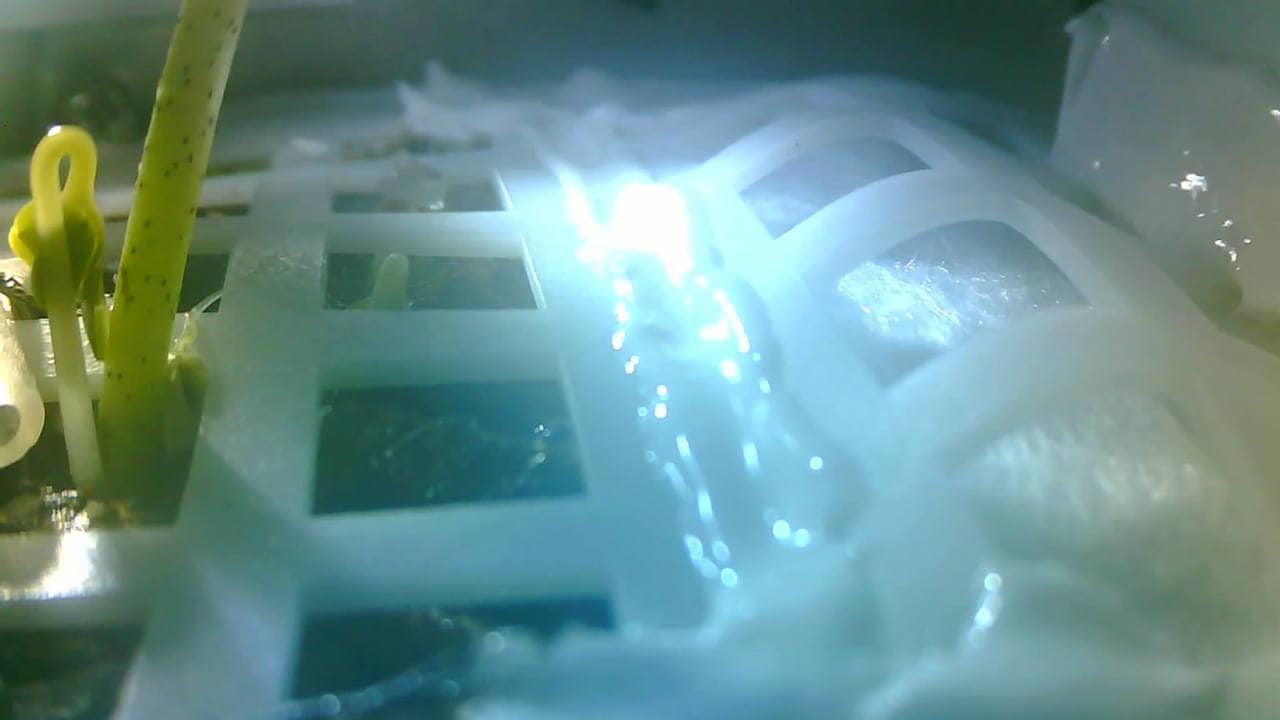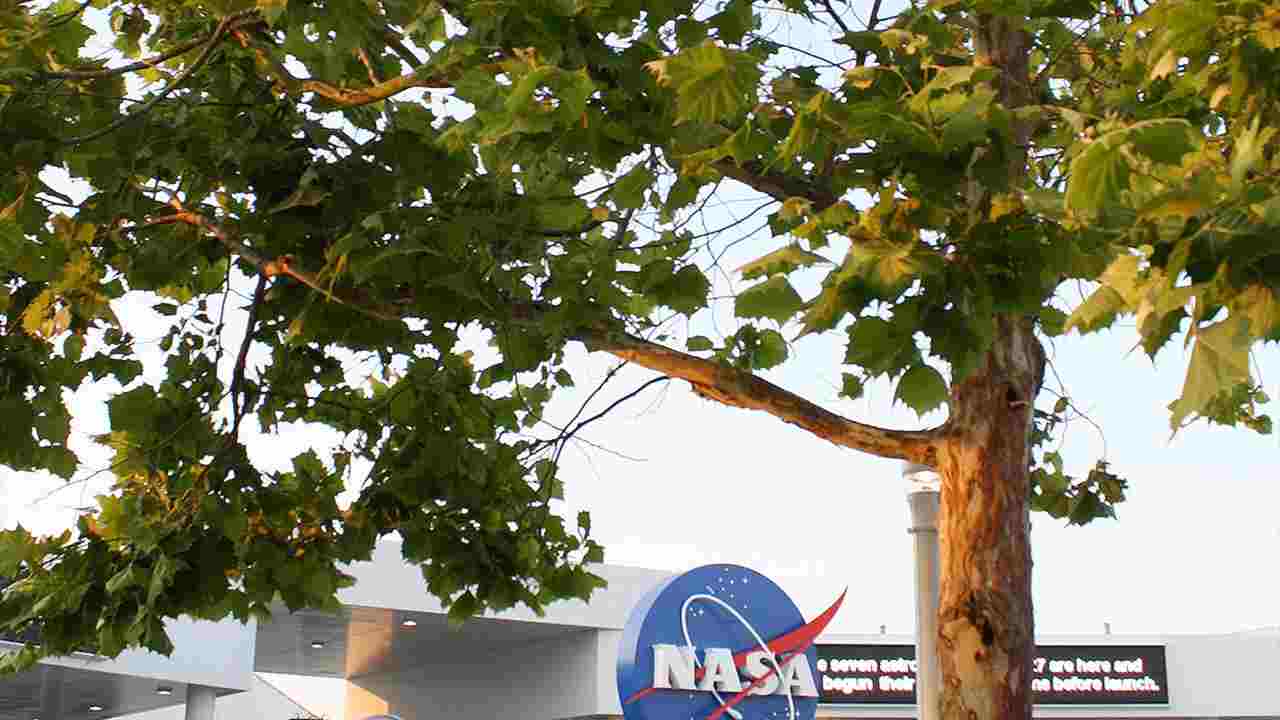Before the Chang’e-4 spacecraft blasted off to make history by landing on the moon ’s far side, Chinese scientists snuck a small canister on the lander to try and make the mission doubly-historic for the country. The specially-designed canister contained cotton seeds, which the team announced yesterday, have sprouted!
This is the first time a plant has ever grown on a planet other than the Earth – unless we’re counting the International Space Station, where microgravity experiments with plants are fairly routine. [caption id=“attachment_5905391” align=“alignnone” width=“1280”] A green shoot sprouts from a cotton seed on the Earth-based study of the same experiment on the moon. Image: CNSA/Chongqing University[/caption] The closest plants have come to the moon in the past was during the Apollo 14 mission in 1971, where NASA astronaut Stuart Roosa carried hundreds of seeds with him to the moon’s orbit. These seeds were brought back to Earth with the crew and planted as “Moon trees” in America, Brazil, Switzerland and Japan,
according to
NASA. [caption id=“attachment_5905611” align=“alignnone” width=“1280”]
A green shoot sprouts from a cotton seed on the Earth-based study of the same experiment on the moon. Image: CNSA/Chongqing University[/caption] The closest plants have come to the moon in the past was during the Apollo 14 mission in 1971, where NASA astronaut Stuart Roosa carried hundreds of seeds with him to the moon’s orbit. These seeds were brought back to Earth with the crew and planted as “Moon trees” in America, Brazil, Switzerland and Japan,
according to
NASA. [caption id=“attachment_5905611” align=“alignnone” width=“1280”] 25 Moon Trees, like this one at NASA’s Kennedy Space Center in Florida, were planted as living monuments to the 1971 Apollo 14 mission. Image: NASA[/caption] The Chinese space agency has also packed a couple of other seed varieties in these ‘moon capsules’ – potato seeds, rapeseed, a common plant species used in research known as Arabidopsis – as well as yeast and fruit flies were chosen for the one-way trip to the moon.
25 Moon Trees, like this one at NASA’s Kennedy Space Center in Florida, were planted as living monuments to the 1971 Apollo 14 mission. Image: NASA[/caption] The Chinese space agency has also packed a couple of other seed varieties in these ‘moon capsules’ – potato seeds, rapeseed, a common plant species used in research known as Arabidopsis – as well as yeast and fruit flies were chosen for the one-way trip to the moon.
“We have given consideration to future survival in space. Learning about these plants’ growth in a low-gravity environment would allow us to lay the foundation for our
future establishment of space base
,” Professor Liu Hanlong, head of the experiment
told
the South China Morning Post. [caption id=“attachment_5892851” align=“alignnone” width=“1280”] An artistic representation of the Chang’e-4 rover on the moon. Image: CNSA[/caption] Liu described the chosen six as a mix of “producers, consumers and decomposers” in a the micro-ecosystem that was carried to the moon. The canister containing each of these components is completely sealed and protected from the extreme temperatures and radiation on the moon. The container also has specially-designed tubes for air, water and nutrients on top of a simulator for “natural light” and a camera for updates on their progress. The soil for each seed also contains silkworm eggs – the first living eggs to reach the moon – which will consume oxygen and release carbon dioxide for However_,_ none of the other seeds has fared as well as the cotton seeds so far, but the researchers remain hopeful!
An artistic representation of the Chang’e-4 rover on the moon. Image: CNSA[/caption] Liu described the chosen six as a mix of “producers, consumers and decomposers” in a the micro-ecosystem that was carried to the moon. The canister containing each of these components is completely sealed and protected from the extreme temperatures and radiation on the moon. The container also has specially-designed tubes for air, water and nutrients on top of a simulator for “natural light” and a camera for updates on their progress. The soil for each seed also contains silkworm eggs – the first living eggs to reach the moon – which will consume oxygen and release carbon dioxide for However_,_ none of the other seeds has fared as well as the cotton seeds so far, but the researchers remain hopeful!
)